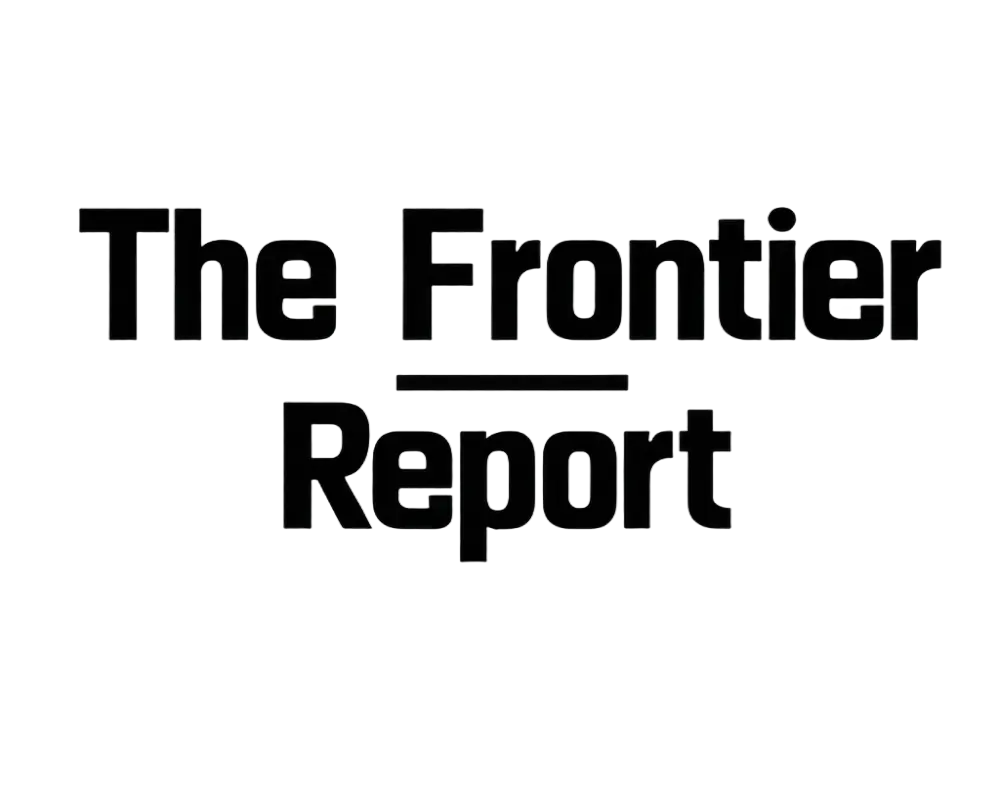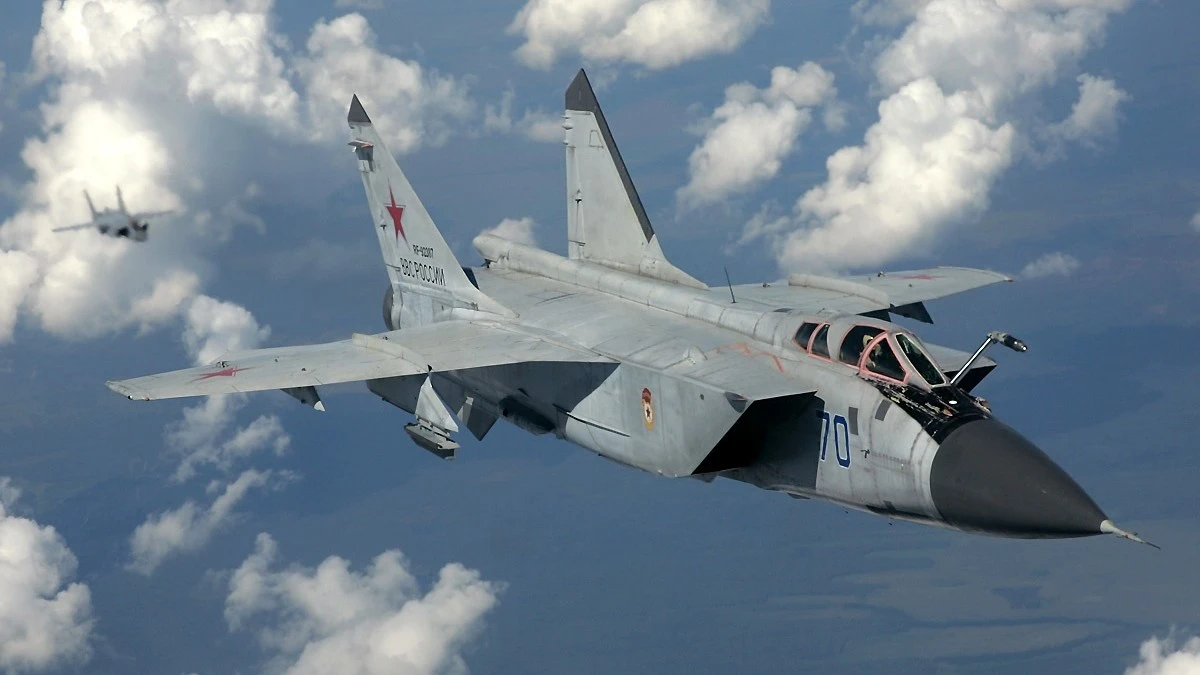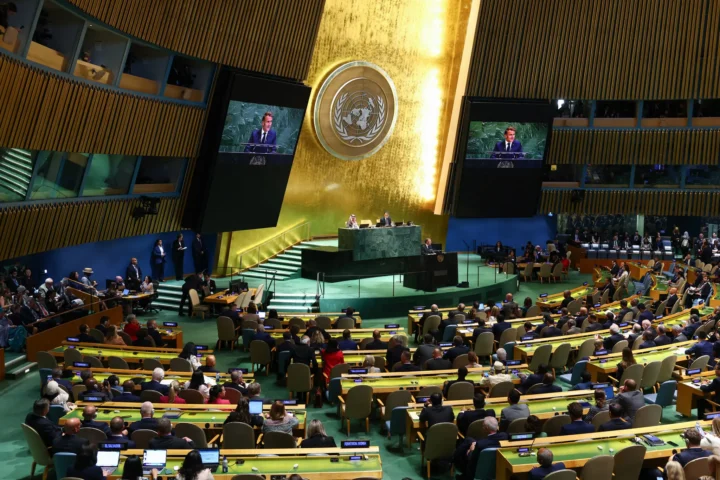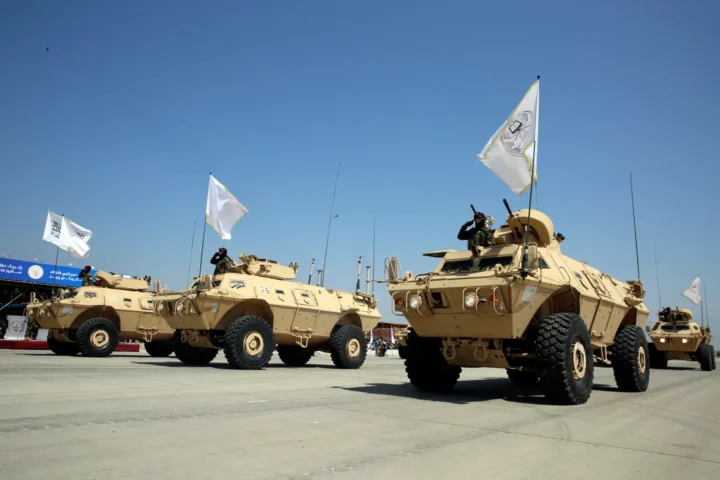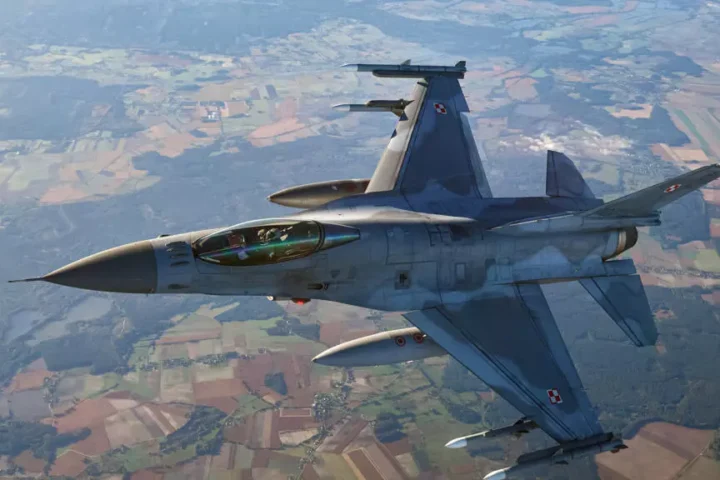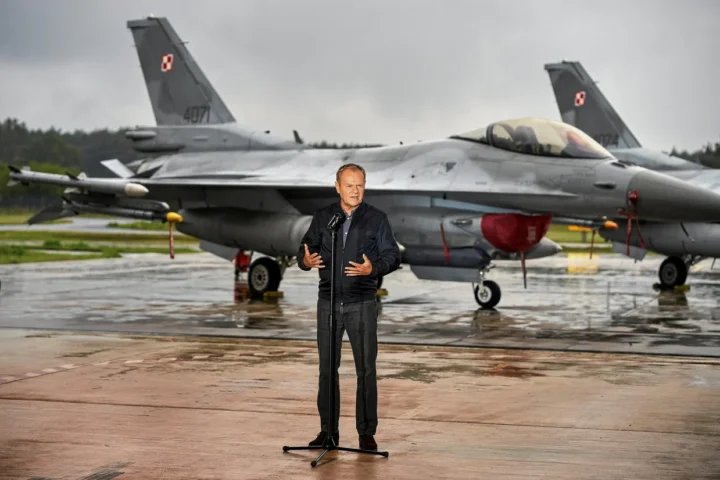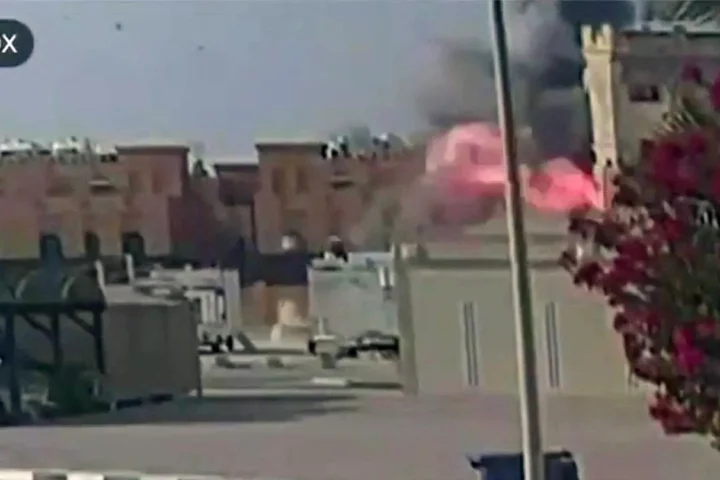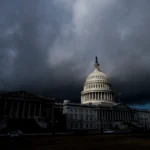The Incursion
Estonia stated Russia violated its space when three Russian MiG-31 fighter planes flew into its air territory above the Gulf of Finland. Estonia’s defense ministry stated the problem went on for approximately 12 minutes. The planes lacked a travel schedule, they disabled their tracking signals, they did not communicate with controllers directing air traffic. Estonia reported a plane flew close to Vaindloo Island, a tiny piece of land in the bay, then their forces stopped it.
NATO acted fast, sending up warplanes to follow the Russian aircraft, guiding it away from Estonia. Leaders emphasized the situation created a genuine risk for both civilian travel, military flights. Planes flying without signals or communication create a higher chance of crashes, also confusion, particularly in busy skies over Europe.
This isn’t the first time this happened. Estonia noted three previous occurrences in 2025, however leaders stated this recent event felt bolder, more intentional. Estonia’s government called in the Russian diplomat to express strong disagreement with what happened.
Political and Security Fallout
Estonia’s Foreign Minister Margus Tsahkna said the flight over their country was a hostile, challenging act. He claimed Russia doesn’t respect global agreements, it prefers to threaten countries nearby. He asked for tougher actions, both politically, economically, against Moscow.
People in Europe expressed disapproval too. The head of the European Commission, Ursula von der Leyen, together with the EU’s top diplomat, Kaja Kallas, publicly supported Estonia with their comments. People said the action created risk, unsettled things. Leaders from NATO repeated their promise to defend each other, pointing out that military planes from member countries are prepared to guard the skies over the Baltic states.
These issues happen repeatedly. Planes from Russia flew into the air space over Poland, Romania several times recently. These flights generally connect with military operations close to Ukraine. Experts believe these moves check how prepared NATO is, also they look for areas where NATO might be vulnerable. Typically, these problems don’t get worse, however each one increases the chance of a mistake. Reacting slowly, or acting forcefully, might change a difficult situation into a larger problem. Estonia, a small country next to Russia, faces continuing risks because of this event. For a while now, their officials have urged NATO to strengthen its defenses, specifically requesting troops stationed there consistently, alongside better systems to protect against air attacks. Countries in the Baltic region believe Russia acts intentionally to worry NATO countries on its eastern side, not just makes errors.
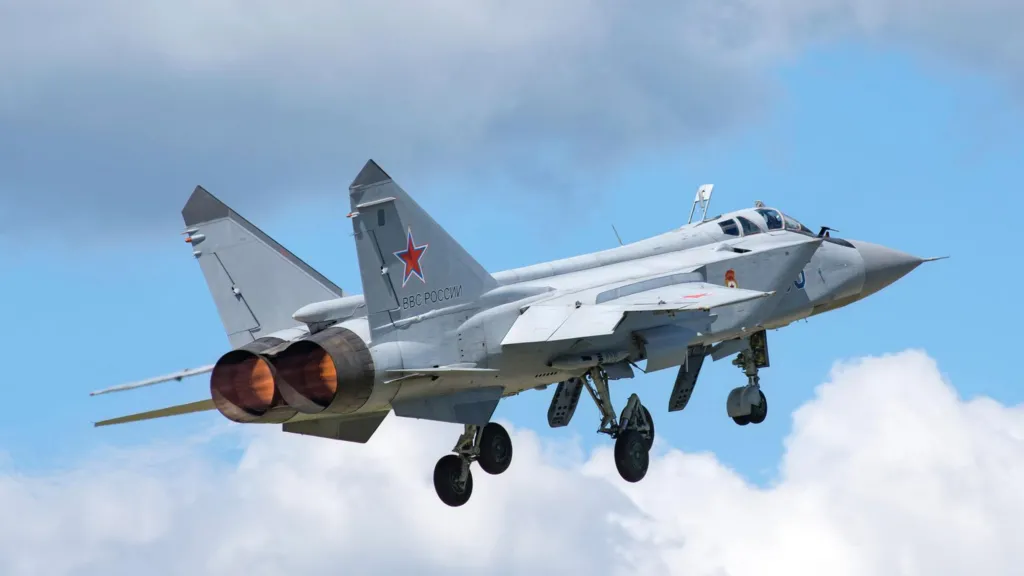
What Comes Next
It’s important to know what NATO, the European Union will do after they express disapproval. Estonia can use several options, like asking for advice from NATO through Article 4. This lets member countries talk about dangers to their safety. This action probably helps Estonia get more support for protecting its airspace.
We told Russia many times that we disagreed, but they didn’t change anything. Russia says the violations didn’t happen, or explains them away as mistakes in how things were steered. Now, the three fighter planes, the short twelve-minute flight into the area, with radios turned off, all point to a planned action, not a mistake. This situation might lead European governments to take further action, like imposing penalties or strengthening defenses.
This situation highlights how vital NATO’s role is in the Baltic states. Air patrols circulate, rapid response teams stand ready, yet the group might feel urged to do more. People still face the risk that surprise military flights might disrupt regular airplane paths. NATO faces a greater danger that repeated challenges make risky actions seem acceptable, weakening the effectiveness of efforts to prevent conflict.
Estonian officials now ask their partners to do more. Tsahkna described the problem as affecting all of Europe, not only Estonia. He believes repeated intrusions by Russian aircraft into NATO territory undermine the alliance’s strength because there are no repercussions.
This event is the fourth time someone entered Estonian air space this year. These actions build a lengthening list of Russia challenging NATO countries. The conflict in Ukraine continues, so Russia seems ready to see how much its neighboring countries will tolerate, or how prepared they are to respond. Estonia, with help from its partners, faces a tough job. They must react strongly to discourage further trouble, yet avoid making the situation worse.

